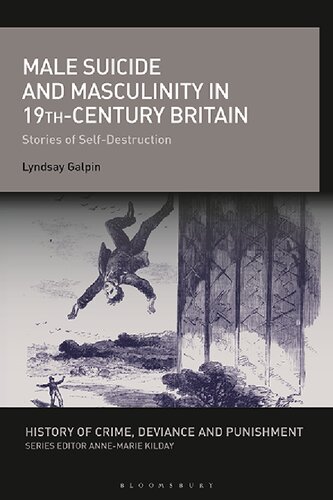

Most ebook files are in PDF format, so you can easily read them using various software such as Foxit Reader or directly on the Google Chrome browser.
Some ebook files are released by publishers in other formats such as .awz, .mobi, .epub, .fb2, etc. You may need to install specific software to read these formats on mobile/PC, such as Calibre.
Please read the tutorial at this link: https://ebookbell.com/faq
We offer FREE conversion to the popular formats you request; however, this may take some time. Therefore, right after payment, please email us, and we will try to provide the service as quickly as possible.
For some exceptional file formats or broken links (if any), please refrain from opening any disputes. Instead, email us first, and we will try to assist within a maximum of 6 hours.
EbookBell Team

4.7
86 reviewsThis book shows how interpretations of suicidal motives were guided by gendered expectations of behaviour, and that these expectations were constructed to create meaning and understanding for family, friends and witnesses. Providing an insight into how people of this era understood suicidal behaviour and motives, it challenges the assertion that suicide was seen as a distinctly feminine act, and that men who took their own lives were feminized as a result. Instead, it shows that masculinity was understood in a more nuanced way than gender binaries allow, and that a man's masculinity was measured against other men.
Focusing on four common narrative types; the love-suicide, the unemployed suicide, the suicide of the fraudster or speculator, and the suicide of the dishonoured solider, it provides historical context to modern discussions about the crisis of masculinity and rising male suicide rates. It reveals that narratives around male suicides are not so different today as they were then, and that our modern model of masculinity can be traced back to the 19th century.